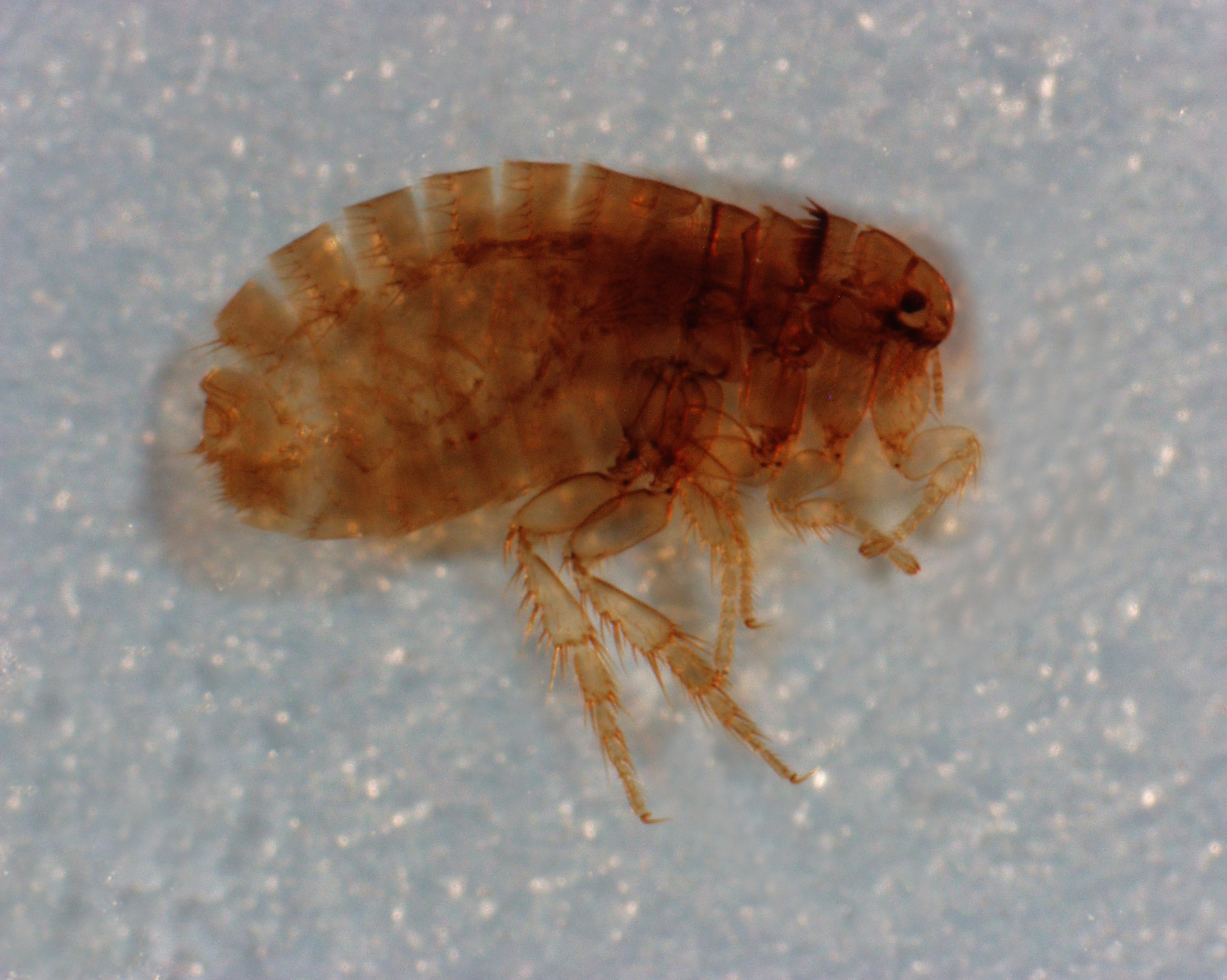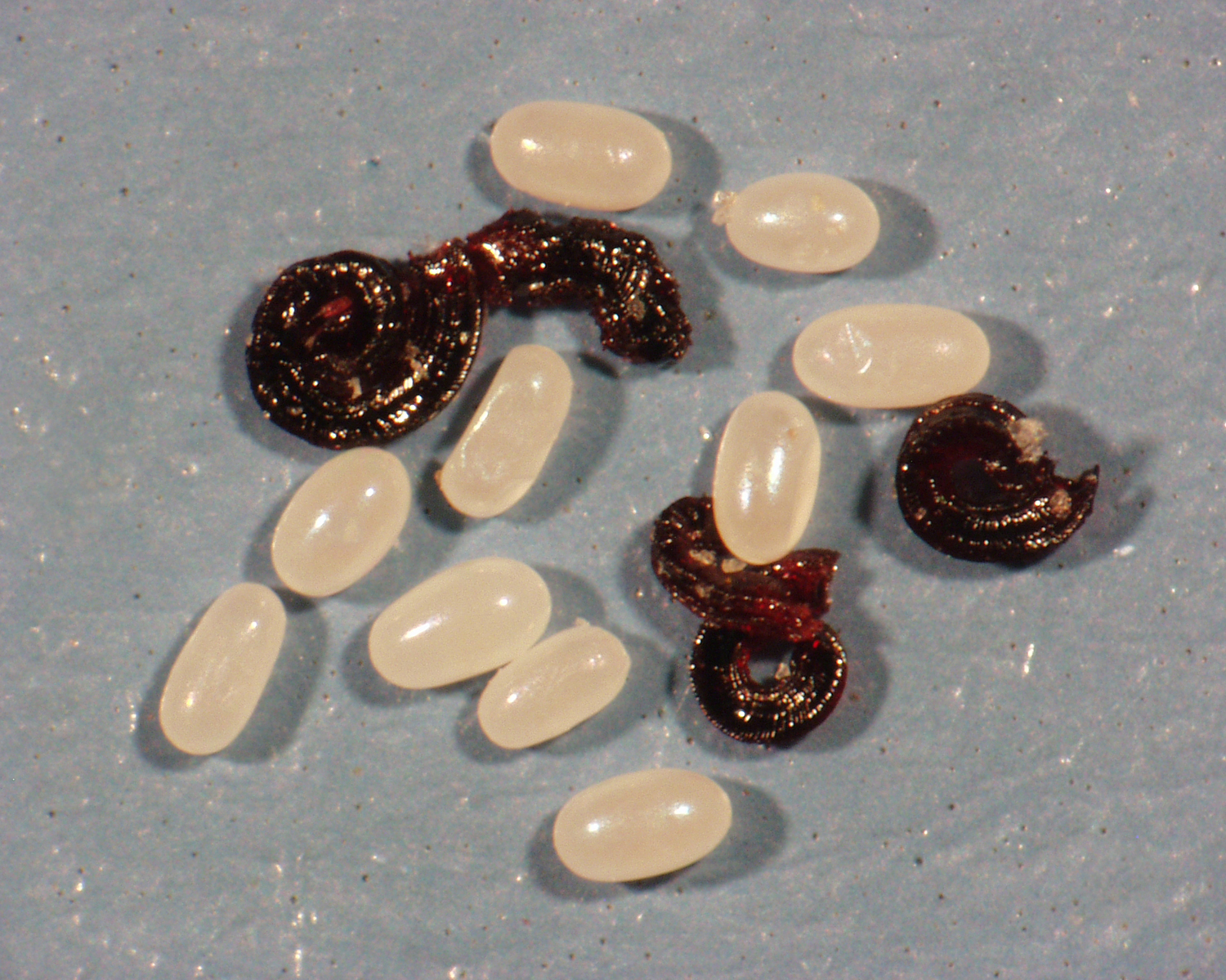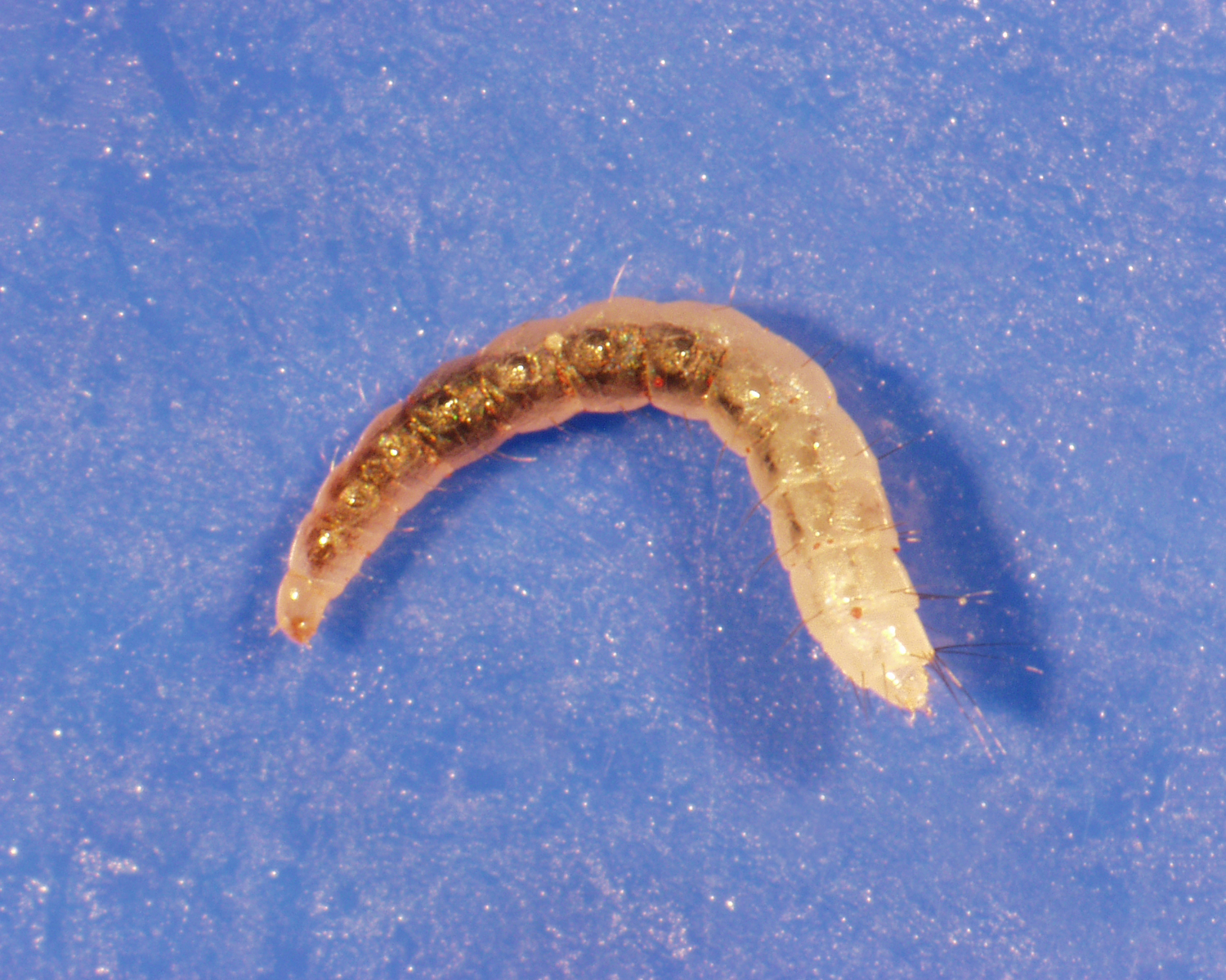 Back
Back
|
FLEAS Note for Pet Owners:
This information is provided by
Provet for educational purposes only.
You should seek the advice of
your veterinarian if your pet is ill as only he or she can correctly advise
on the diagnosis and recommend the treatment that is most appropriate for
your pet.
Fleas from
animals can be transmitted to humans, and so they are a zoonosis. Also,
fleas may transmit other diseases to humans through their bites eg
plague.
Topics on this Page:
|
Description
Fleas are common, small, brown wingless insects which are found all over
the world. They are blood-sucking parasites which cause disease through :
- Local reactions to bites
- Generalised reactions to bites - due to hypersensitivity (allergy) to the flea saliva
- Transmission of other infections into the host - eg tapeworms, plague through the flea bite
Cause
Th
- Ctenocephalides felis - by far the most common flea found on cats (97%) and dogs (92%). This flea can survive on the blood from many species (cat, dog, cattle)
- Ctenocephalides canis - often found on dogs, this species need dog blood for survival
- Pulex irritans - human flea which can be found on dogs
- Tunga penetrans (jigger flea) - in warm countries
- Echidnophaga gallinacea (stickfast flea) - in warm countries
- Spilopsyllus cuniculi (rabbit flea) - causes ear infestations in cats in Europe and Australia
The typical life-cycle of a flea (eg C.felis) is a follows :
- A female flea lays hundreds of eggs on or off the host, but fall off into the environment - usually where the animal normally sleeps.
- A maggot-like larva hatches from each flea egg - usually less than 10 days after the egg has been laid
- The larvae move away from light and downwards in response to gravity - into a protected area of the environment which is often in a warm location such as near to radiators, in carpet pile, into cracks in wood etc
- The larva moults twice to form a 3rd stage larva, which then forms a cocoon and pupates
- The adult flea emerges after a period of 5-140 days depending upon environmental conditions which ideally are warm and damp.
- Often numerous adult fleas emerge at the same time - leading to a sudden outbreak of fleas
- Female fleas start laying eggs within 5 days of eating her first blood meal
This whole life-cycle usually only takes 3-4 weeks to complete and, in favourable conditions over a period of 60 days, one female can lead to the production of over 20,000 adults !!
Because of the requirement for warm, damp environmental conditions flea outbreaks in cooler climates are often seasonal. In the UK for example the "flea season" often starts in August and peaks through the autumn period.Adult fleas can survive for 12 months without feeding.
Modern treatment regimens against fleas are designed to break the life-cycle as well as to kill individual fleas.

A cat flea (Courtesy of Fort Dodge Animal Health)
The typical life-cycle of a flea (eg C.felis) is a follows :
- A female flea lays hundreds of eggs on or off the host, but fall off into the environment - usually where the animal normally sleeps.

Flea eggs and flea dirt (Courtesy of Fort Dodge Animal Health)
- A maggot-like larva hatches from each flea egg - usually less than 10 days after the egg has been laid

Flea larva in carpet (Courtesy of Fort Dodge Animal Health)
Breed Occurrence
There are no breed specific predilections to flea infestation.
Signs
Th
e signs of a flea infestation are :- Scratching
- Hair loss - especially along the top of the back; on the ears if infested with rabbit fleas
- Small crusts - called miliary dermatitis - especially in cats
- Erythema - reddening of the skin
- Self-trauma scratches to skin
- Firm nodular swellings in the skin
- Evidence of flea dirt - brown-black specs of dirt on the skin surface. If these are pressed on a piece of damp cotton wool they cause a red-brown coloured stain
- Evidence of fleas in the coat. They can usually be seen crawling between the hairs. Sometimes grooming with a fine-toothed flea comb is helpful to extract fleas from a dense coat.
- In infestations involving a large number of fleas sufficient blood can be removed from the host to cause anaemia, especially in young puppies or kittens.
Complications
- Dipylidium caninum
- Dipetalonema reconditum
- Francisella tularensis
- Haemobartonella felis
- Yersinia pestis
Some of these are zoonoses and can be transmitted to humans.
Diagnosis
Diagnosis is based on the clinical signs and finding positive evidence of fleas
on the host :
- Adult fleas
- Flea dirt (faeces)
- Flea eggs in the coat
OR in the environment :
- Adult fleas
- Eggs
- Pupae
- Larvae
- Flea dirt
Treatment
Modern treatment regimens against fleas are designed to break the life-cycle as
well as to kill individual fleas. Flea control involves :
- Treat adult fleas on the host
- Benzoyl urea derivatives - lufenuron
- Carbamates - carbaril, propoxur
A variety of different preparations are now available including ::
- Sprays - for the animal and for the environment
- Powders - for external application
- Shampoos
- Spot-on products
- Injections
- Tablets
- Powders/granules - to add to food
Animals with flea hypersensitivity also require medication such as :
- corticosteroids - prednisolone 1-2mg/kg body weight
- antihistamines
Antibiotics may be needed if there is secondary infection.
Prognosis
Good with modern generation anti-flea preparations
Long term problems
Recurrence is likely unless the environmental flea population can be eliminated
Updated October 2013